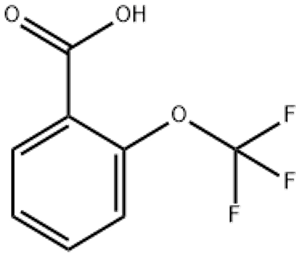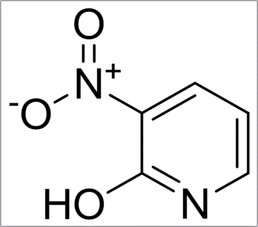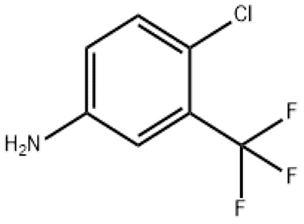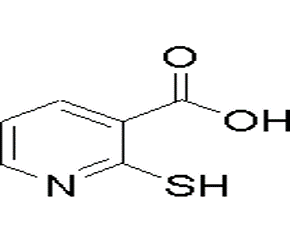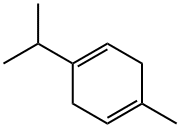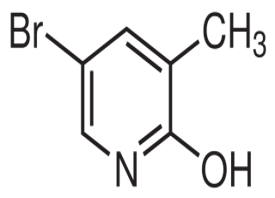2-(Trifluoromethoxy)benzoic acid(CAS# 1979-29-9)
Risk and Safety
| Risk Codes | R36/37/38 – Irritating to eyes, respiratory system and skin. R36 – Irritating to the eyes R22 – Harmful if swallowed |
| Safety Description | S26 – In case of contact with eyes, rinse immediately with plenty of water and seek medical advice. S36/37/39 – Wear suitable protective clothing, gloves and eye/face protection. S37/39 – Wear suitable gloves and eye/face protection S37 – Wear suitable gloves. |
| WGK Germany | 3 |
| HS Code | 29189900 |
| Hazard Note | Irritant |
2-(Trifluoromethoxy)benzoic acid(CAS# 1979-29-9) Introduction
TFMPA is a colorless crystal, soluble in organic solvents such as benzene and ethanol. It has strong acidity and oxidation, and is sensitive to water.
Use:
TFMPA is widely used as an acid catalyst, an oxidant and a catalyst for esterification in organic synthesis. It can promote the progress of chemical reaction and improve the selectivity and yield of reaction.
Method:
The preparation of TFMPA is usually carried out by a multi-step reaction. One common method of preparation is by reacting trifluoromethane with chloromethylbenzene to produce 2-chloromethyl-3-(trifluoromethoxy) benzene (CF3CH2OH) and the reaction substrate. Then, the reaction substrate is reacted with an oxidizing agent to obtain TFMPA.
Safety Information:
The safe operation of TFMPA should follow the safety regulations of the laboratory. Due to its acidity and oxidation, it should avoid contact with flammable materials, organic solvents and combustible gases. Appropriate personal protective equipment such as lab gloves, goggles and lab clothes should be worn during operation. At the same time, it should be operated in a well-ventilated area to prevent the accumulation of harmful gases.


